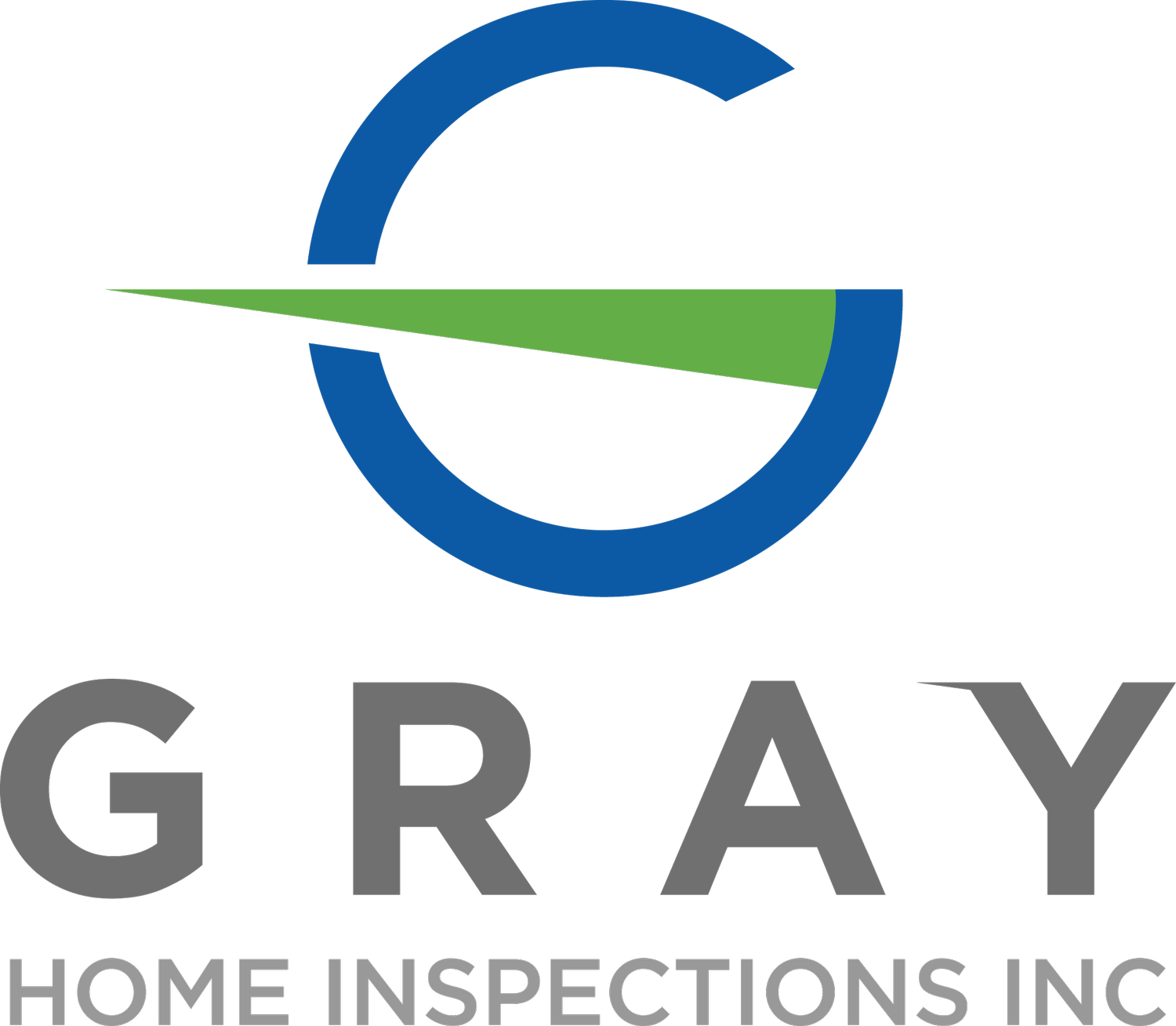Decoding the Home Inspection Report: A Guide to Understanding and Utilizing the Findings
A home inspection report is a crucial document that provides valuable insights into the condition of a property you are considering purchasing. While the report may contain technical jargon and detailed information, learning how to read and interpret it can empower you to make informed decisions about the property. In this blog, we will guide you through the process of reading a home inspection report, helping you understand the findings and utilize the information to your advantage.
- Start with the Summary: Begin by reading the summary section of the home inspection report. This section provides an overview of the inspector's findings and highlights any major issues or safety concerns. Pay close attention to these key points as they can influence your decision-making process.
- Understand the Terminology: Home inspection reports often contain technical terms and abbreviations related to various systems and components of the property. Familiarize yourself with common terminology used in home inspections to better understand the report. If there are any terms or concepts you don't understand, don't hesitate to consult with the inspector or seek clarification from a professional.
- Review the Observations and Recommendations: The body of the home inspection report will detail the inspector's observations and recommendations for each area of the property. Take your time to read through each section carefully. The inspector may note both positive aspects and potential issues. Focus on the areas of concern, such as structural integrity, electrical systems, plumbing, roofing, and HVAC systems.
- Differentiate Between Major and Minor Issues: Not all issues mentioned in the report are equal. Some may require immediate attention, while others may be minor or cosmetic in nature. Pay attention to any safety hazards, structural concerns, or issues that may lead to significant repair costs down the line. Prioritize the major issues and consider seeking professional opinions or estimates for repairs or replacements.
- Request Clarification: If you come across any sections or findings in the report that are unclear, don't hesitate to reach out to the inspector for clarification. They can provide additional information, answer your questions, and offer guidance on the severity of certain issues. It's important to have a clear understanding of the report to make informed decisions.
- Consult with Professionals: While a home inspector can identify many issues, there may be areas that require further evaluation from specialists. For instance, if there are concerns about the electrical system, plumbing, or foundation, it's advisable to consult with licensed electricians, plumbers, or structural engineers for more detailed assessments. Their expertise can provide a comprehensive understanding of the property's condition.
- Negotiate and Plan for Repairs: Armed with the information from the home inspection report, you can negotiate with the seller regarding necessary repairs or adjustments to the purchase price. Use the report as a basis for discussions and engage in open communication with the seller or their representative. Additionally, use the report to plan for future repairs or maintenance, prioritizing them based on the inspector's recommendations.
Reading a home inspection report is a critical step in the home buying process. By understanding the terminology, reviewing observations and recommendations, and seeking clarification when needed, you can make informed decisions about the property's condition. Remember to differentiate between major and minor issues, consult with professionals when necessary, and utilize the report as a tool for negotiation and future planning. With a thorough understanding of the home inspection report, you can proceed with confidence and ensure that your new home meets your expectations and requirements.
